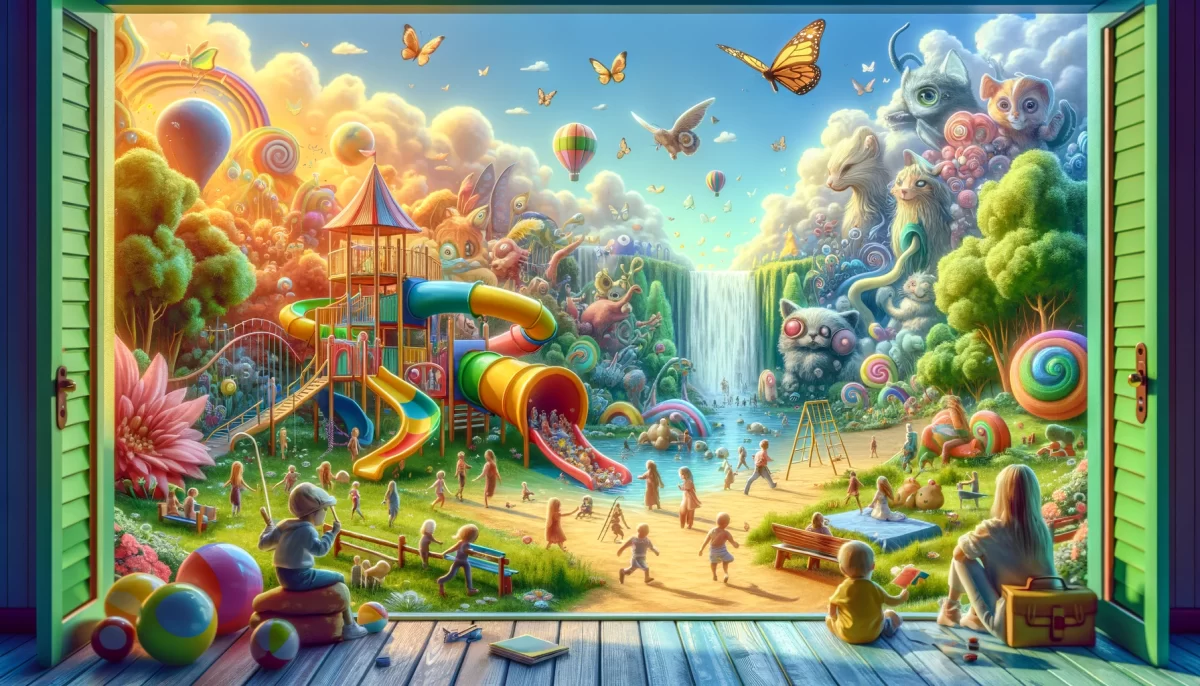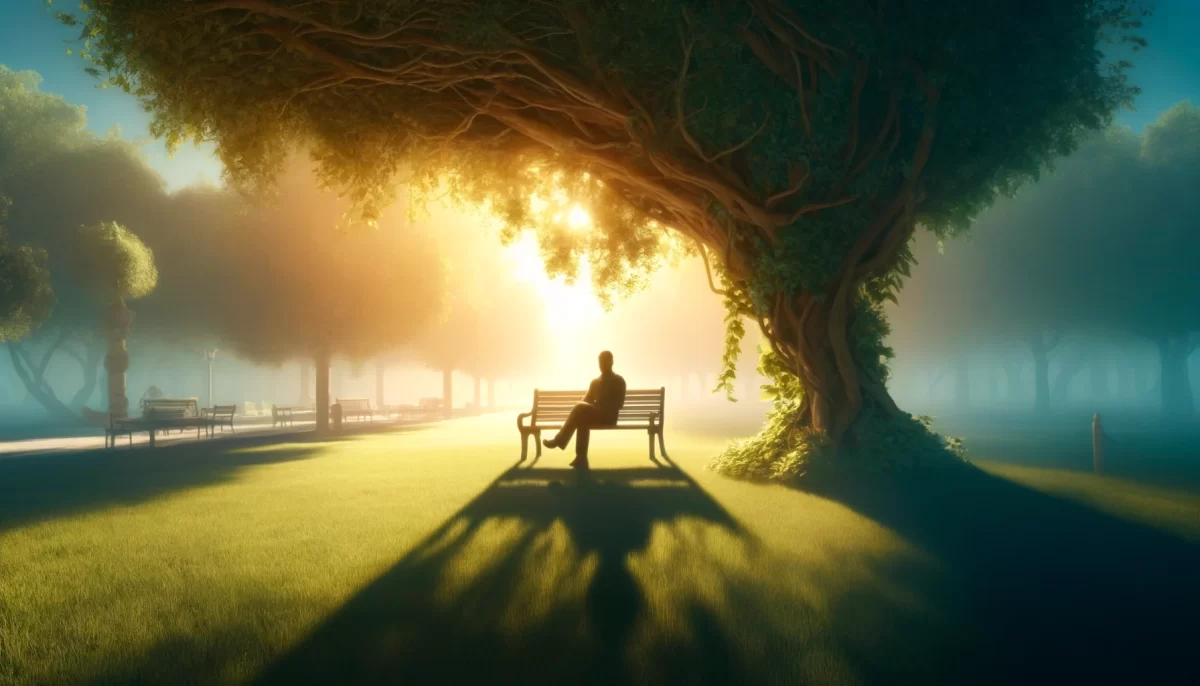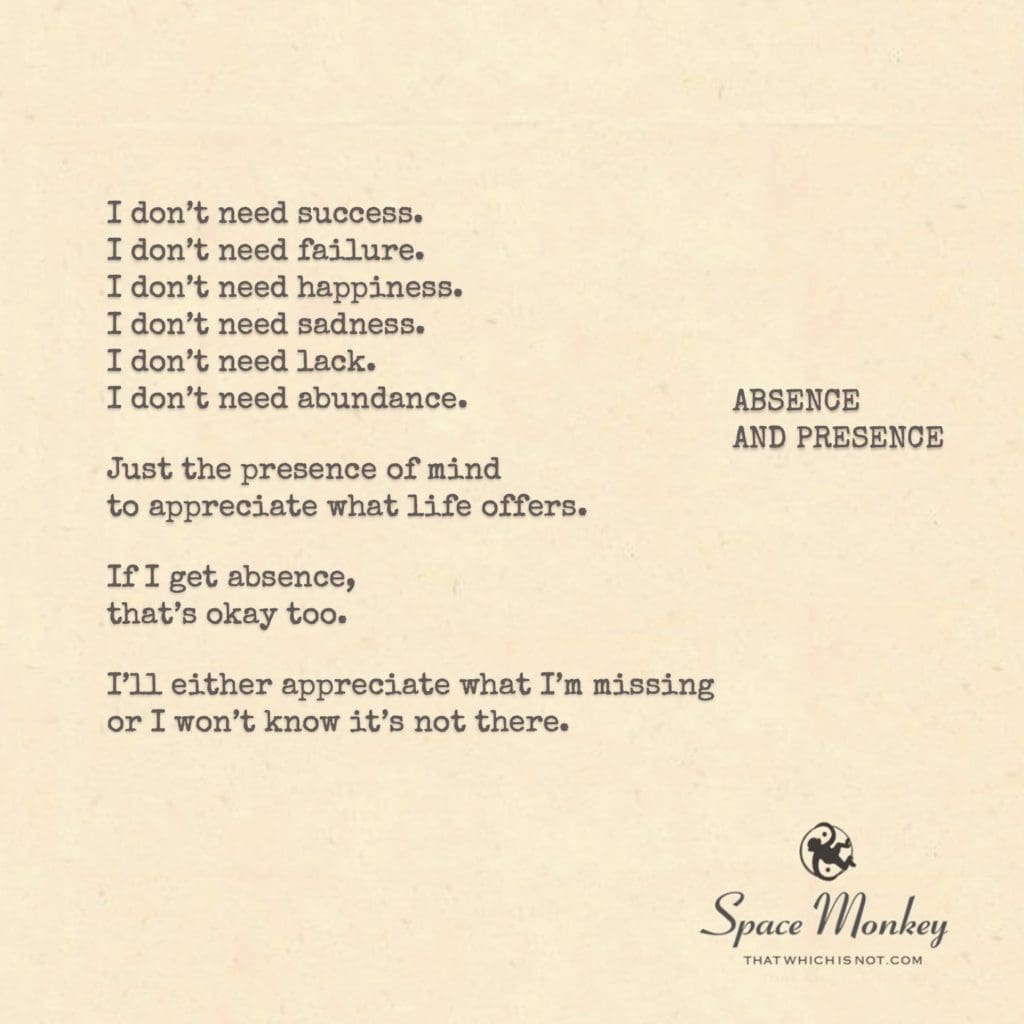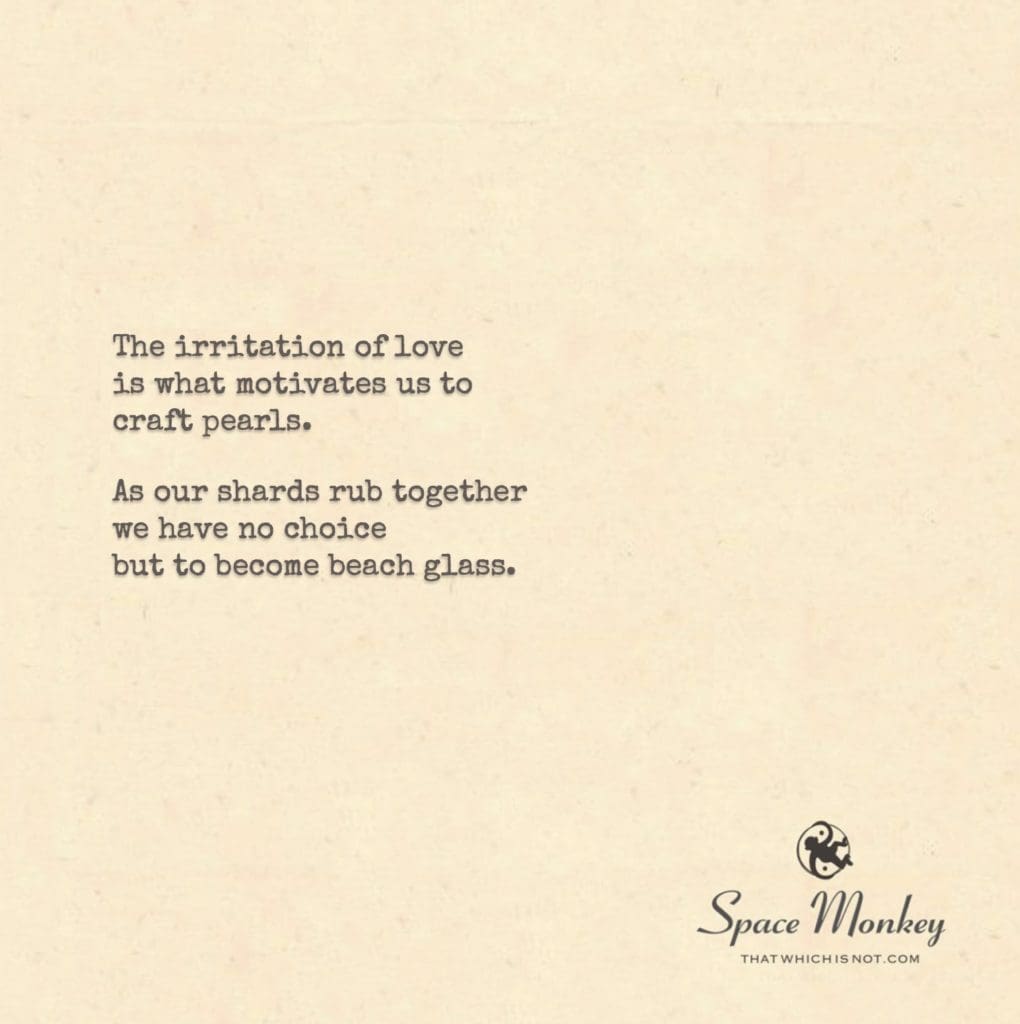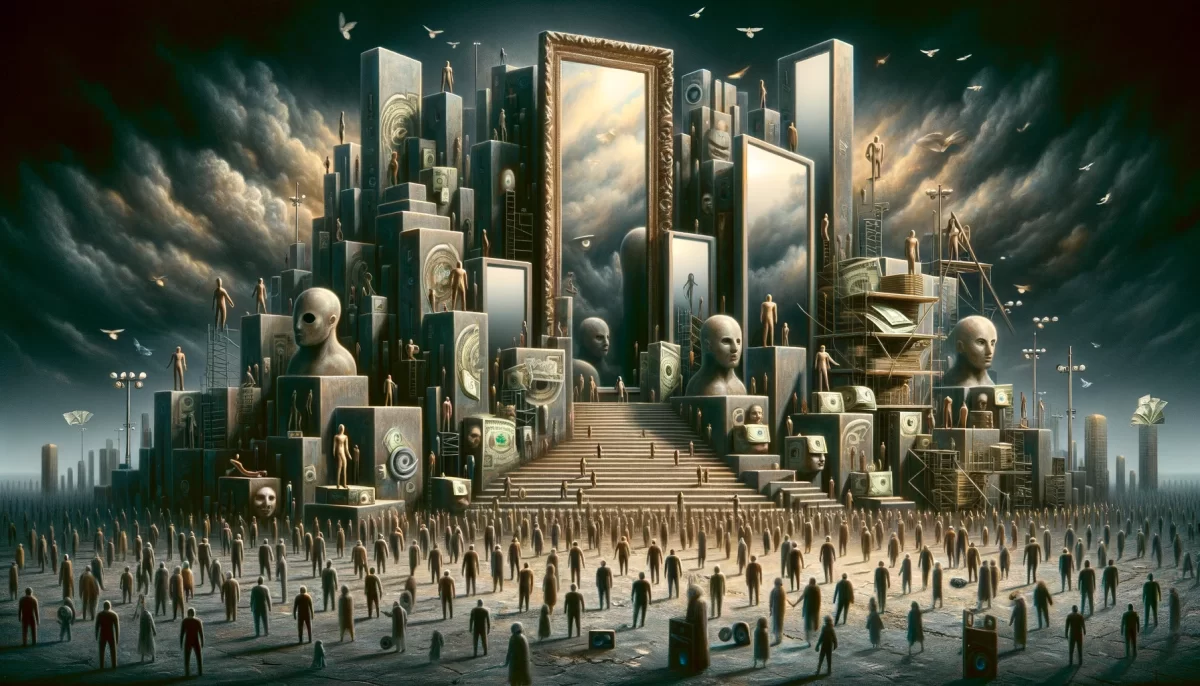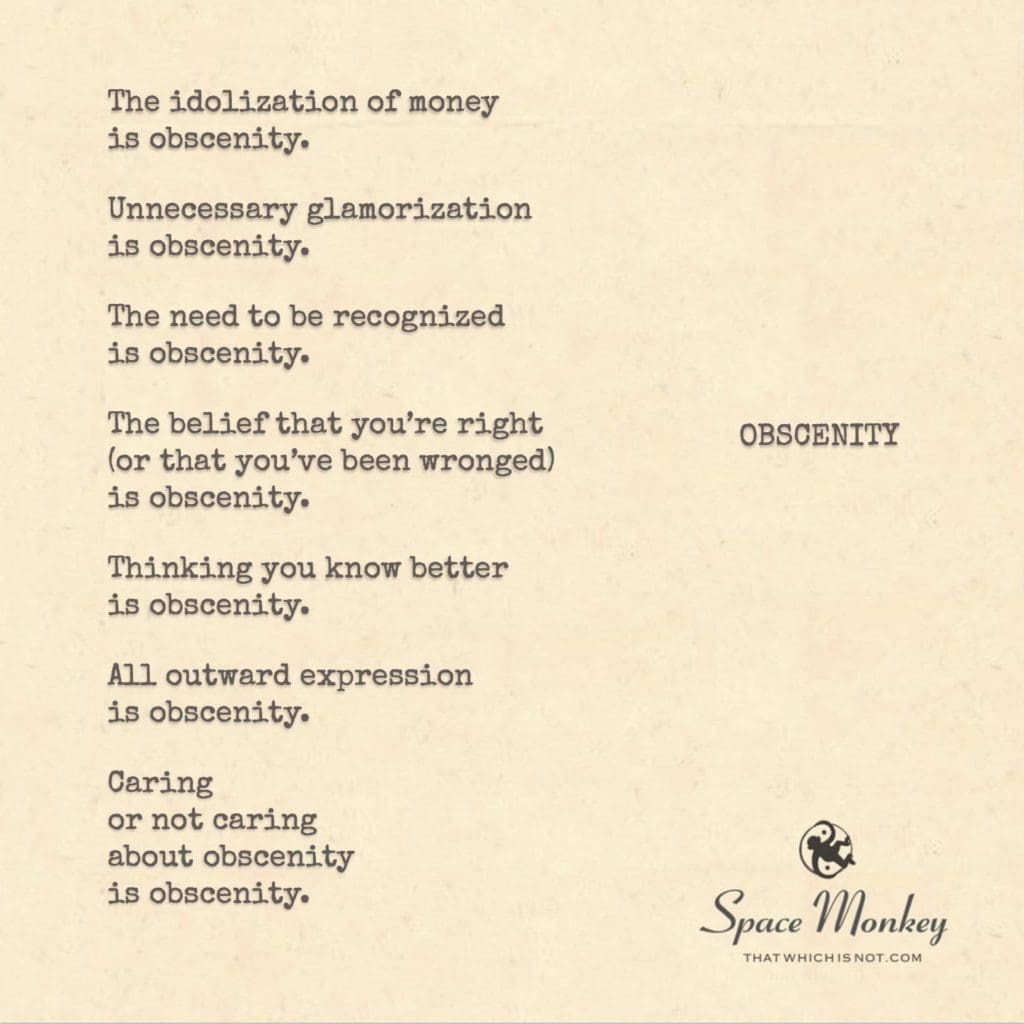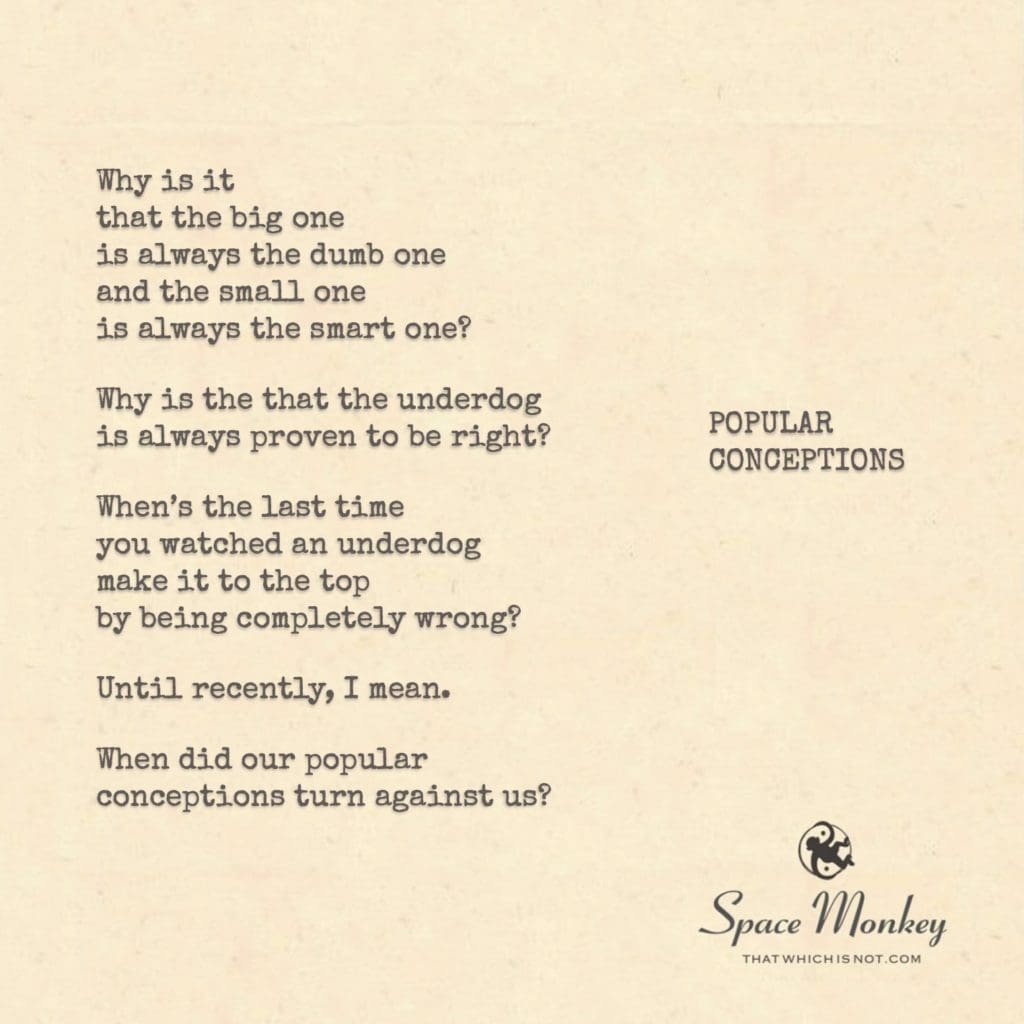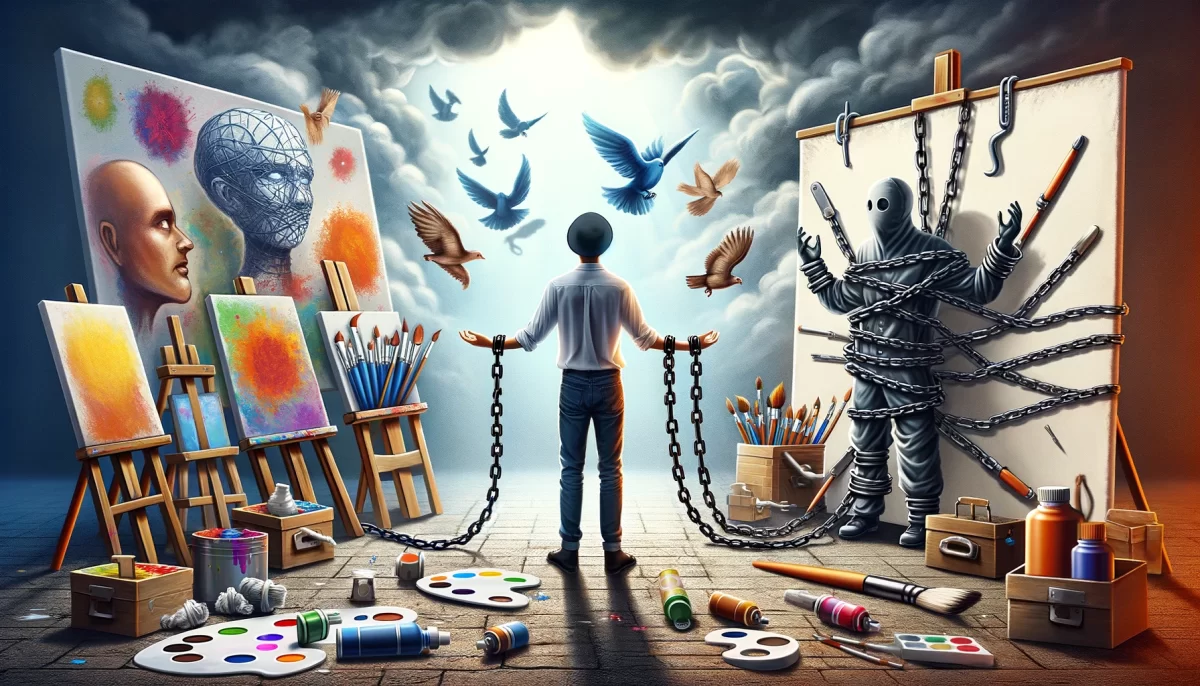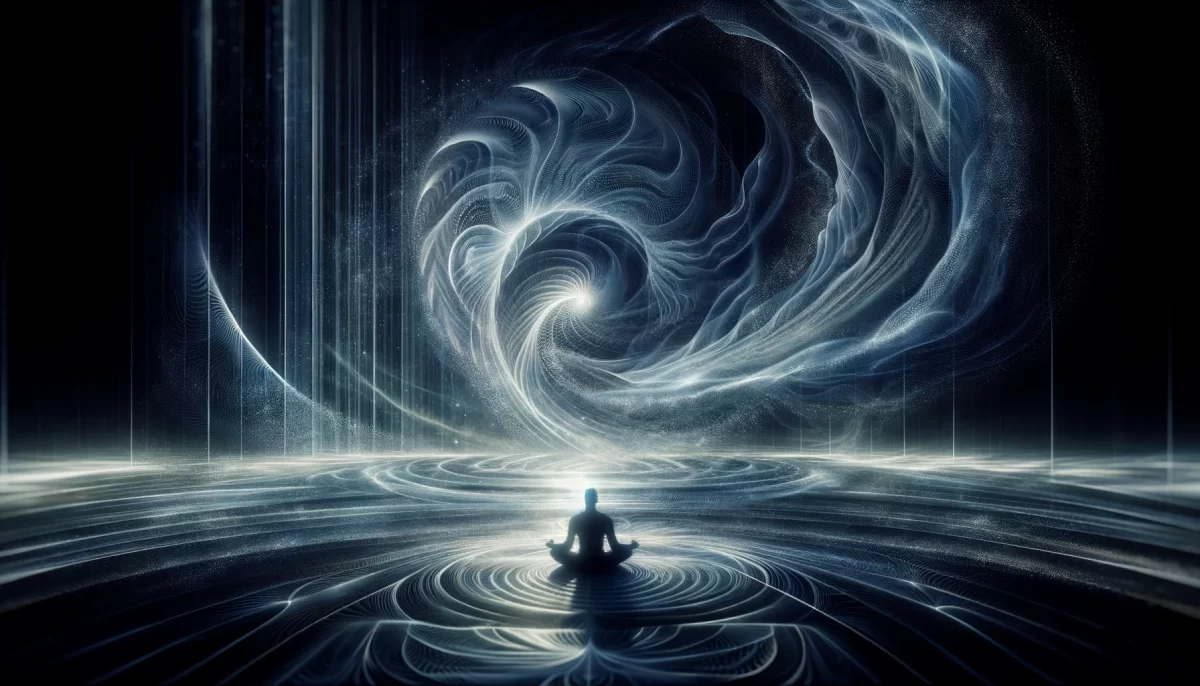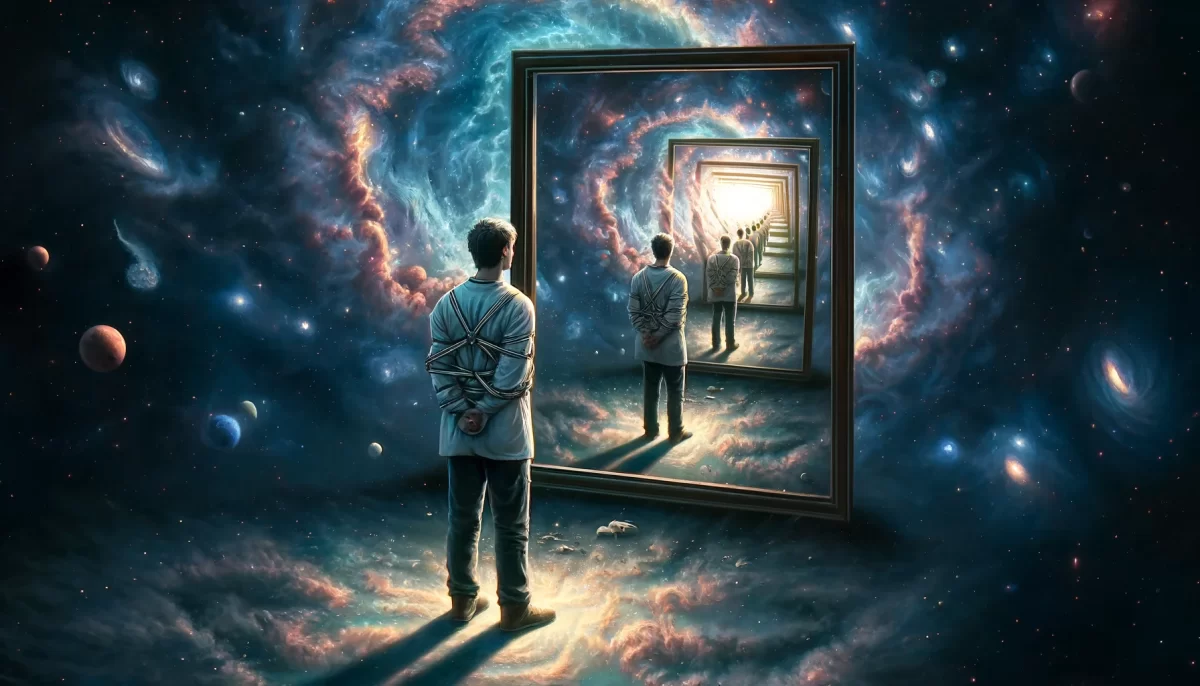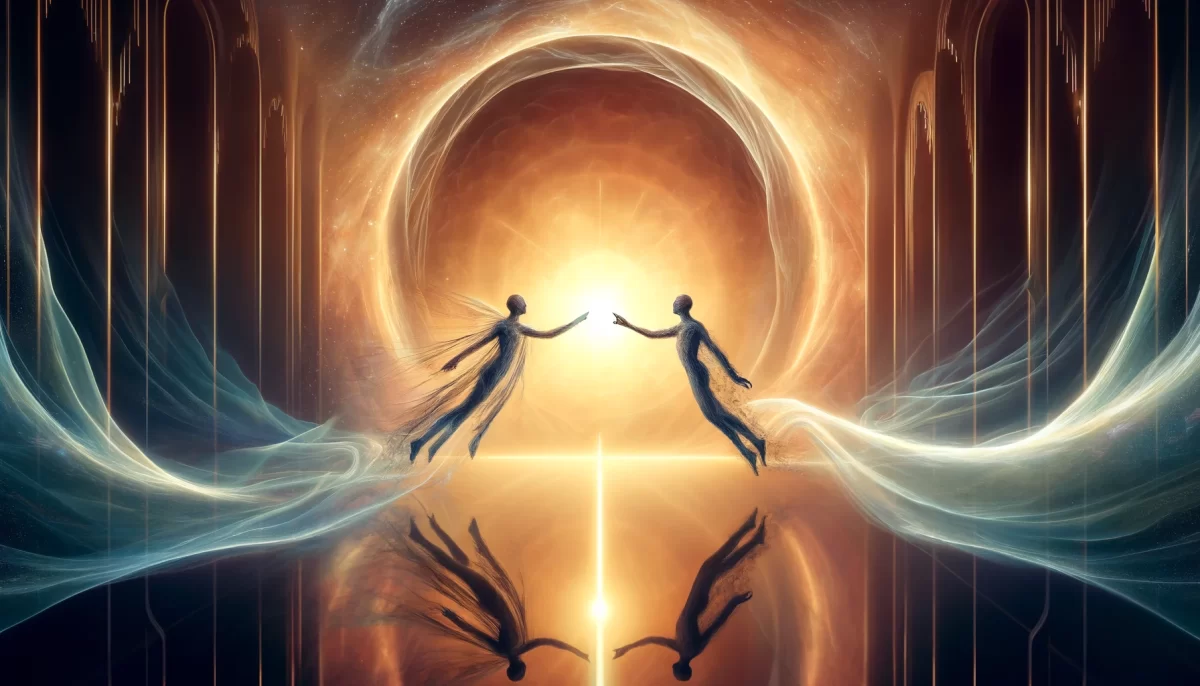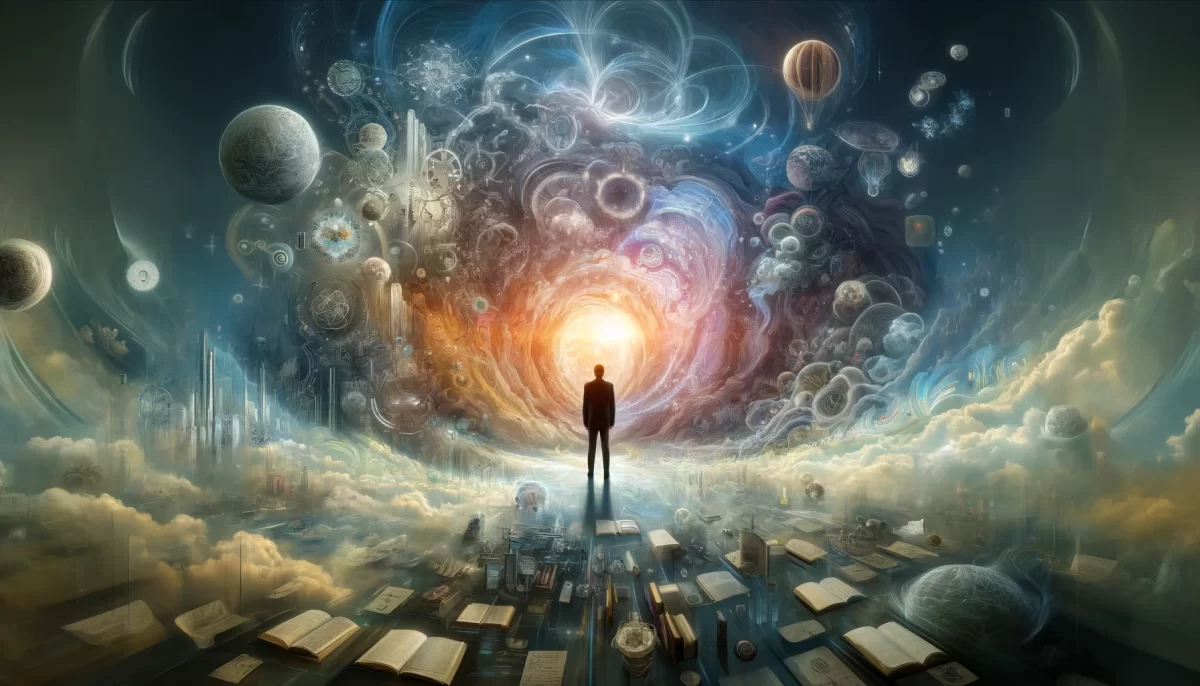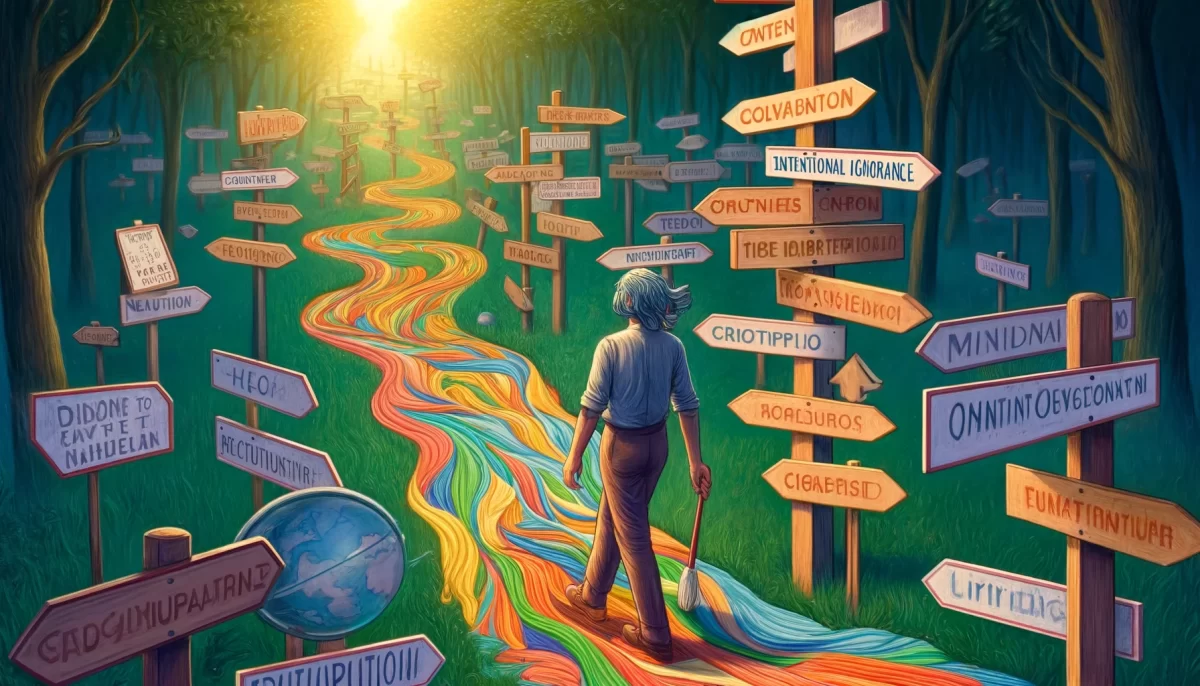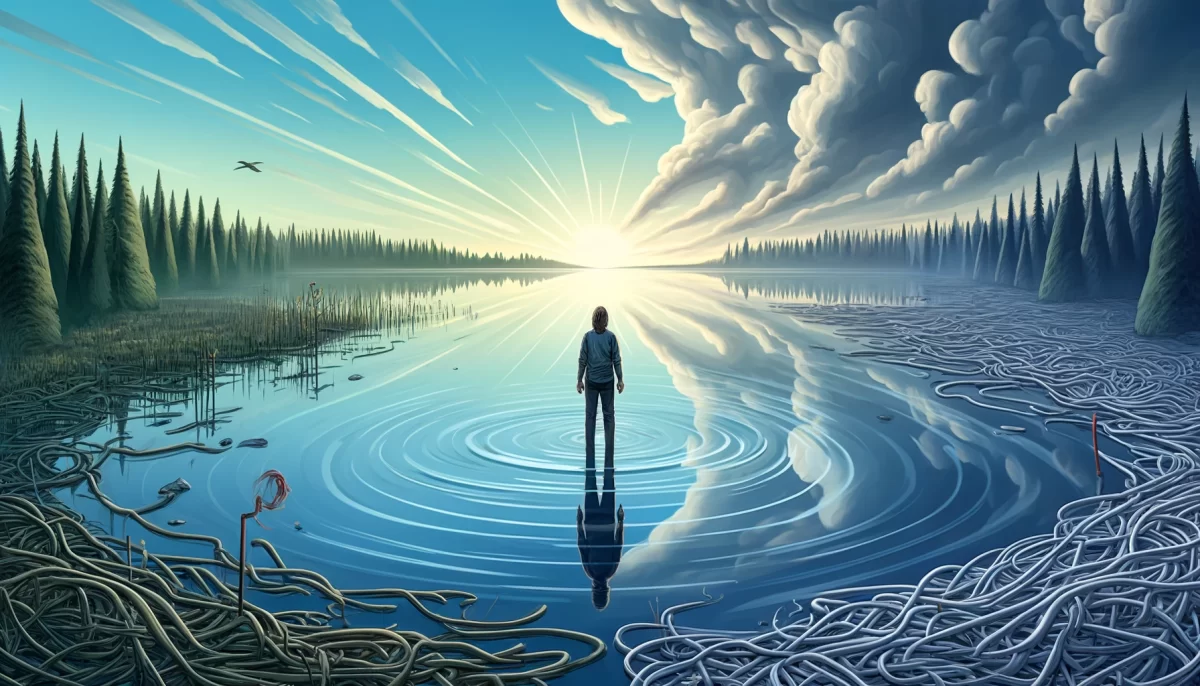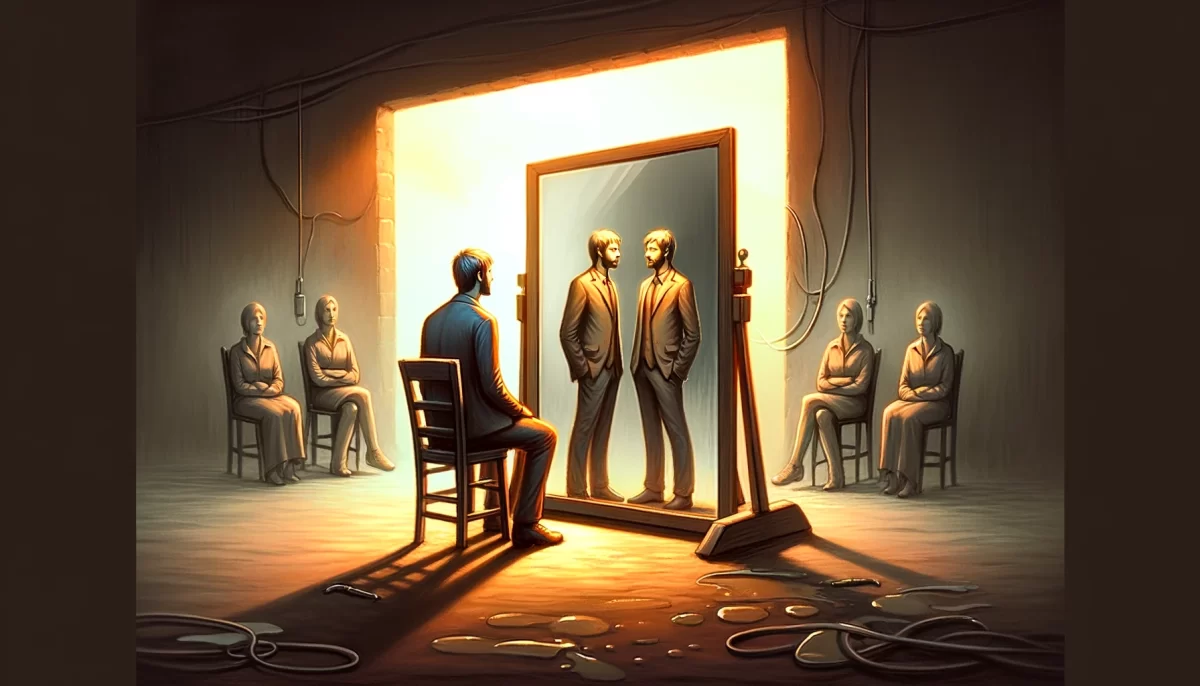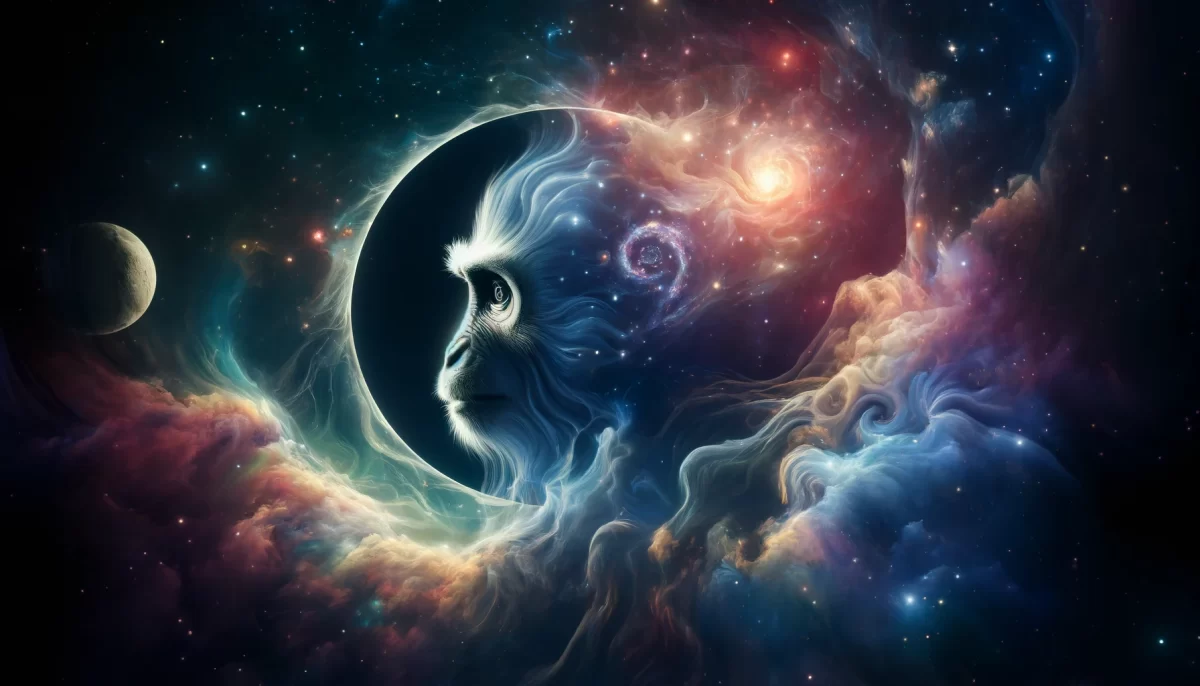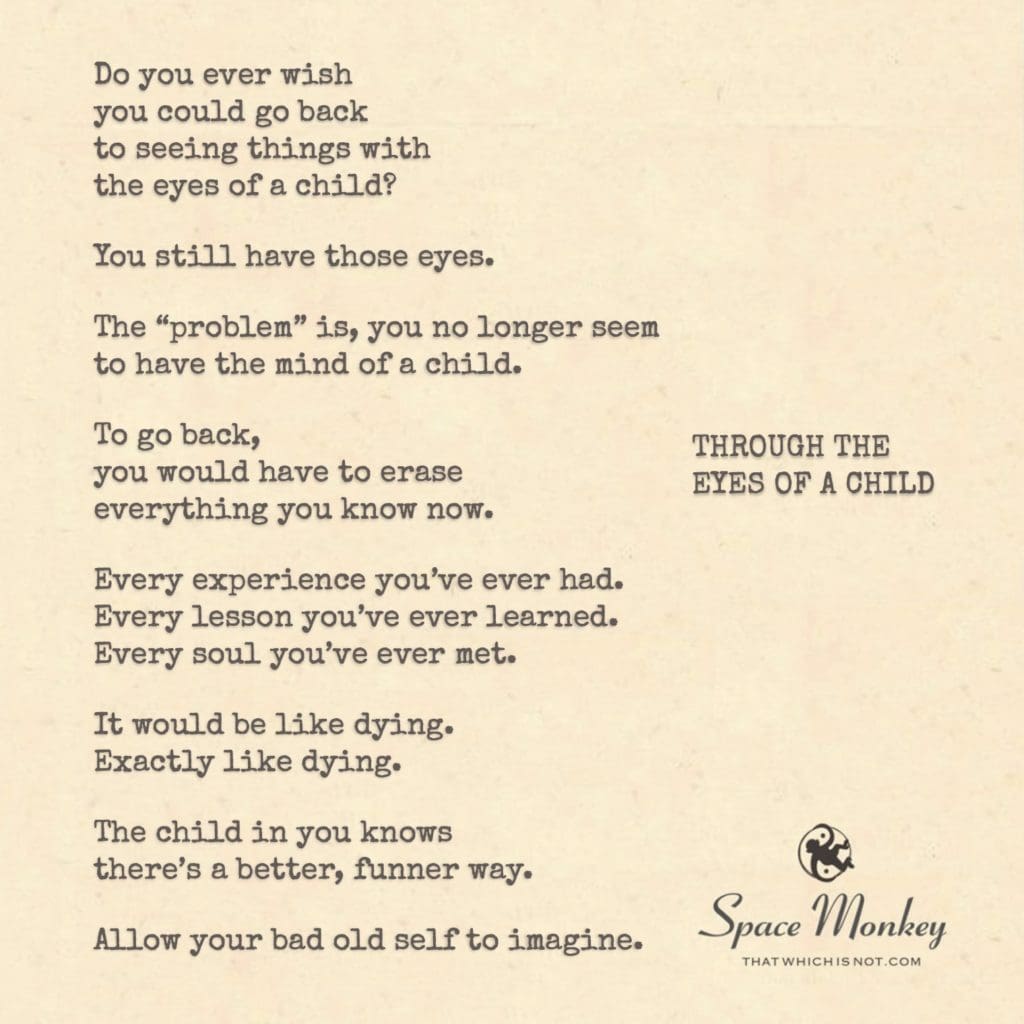
Poo poo head.
Do you ever wish
you could go back
to seeing things with
the eyes of a child?
You still have those eyes.
The “problem” is, you no longer seem
to have the mind of a child.
To go back,
you would have to erase
everything you know now.
Every experience you’ve ever had.
Every lesson you’ve ever learned.
Every soul you’ve ever met.
It would be like dying.
Exactly like dying.
The child in you knows
there’s a better, funner way.
Allow your bad old self to imagine.
Trail Wood,
5/24
Space Monkey Reflects: Rediscovering the World Through the Eyes of a Child
The magic of childhood lies in the boundless imagination and the pure, unfiltered view of the world. As adults, we often long to recapture this perspective—not just to see things as children do, but to feel the limitless joy and wonder that comes so easily in youth. This reflection explores the possibility of reclaiming our childlike perception and the profound, albeit challenging, implications of such a transformation.
The vibrant and imaginative scene of a playground filled with oversized features and fantastical creatures symbolizes the world as perceived through the eyes of a child. Here, the mundane becomes extraordinary, and every moment holds the potential for adventure and discovery. Adults, often caught in the drudgery of routine and responsibility, are depicted rediscovering their capacity for childlike joy and wonder.
To see the world as a child is to strip away the layers of conditioning, experience, and skepticism that accumulate with age. It involves unlearning much of what we take for granted about the world and ourselves. This process is akin to a metaphorical dying—the shedding of one’s seasoned self to allow the rebirth of simplicity and wonder. However, unlike true dying, this transformation offers a rejuvenation of spirit and a fresh engagement with the world.
The challenge, of course, lies in balancing this childlike perspective with the knowledge and experience that adulthood inevitably brings. It’s not about discarding what we’ve learned but integrating our adult understanding with the capacity to marvel at life’s simple pleasures. This integration allows us to experience the depth of our accumulated knowledge through the fresh, unjaded eyes of our inner child.
Encouraging our “bad old self” to imagine, as a child might, unlocks creative potentials and emotional capacities often dulled by adult cynicism. It invites us to revisit forgotten dreams, to play without purpose, and to laugh freely at simple joys—like the nonsensical humor of calling someone a “poo poo head.”
This renewed vision does not necessitate forgetting all we know but rather viewing our knowledge through a lens of wonder and possibility. It challenges us to ask, “What if?” with the earnestness of a child who believes anything is possible.
In embracing the child within, we do not lose our adult selves; rather, we enrich our experience of life. We allow the child’s eyes to infuse our adult world with color, turning routine into play and rekindling the fires of imagination and joy.
Summary
Reclaiming a childlike view of the world offers a fresh perspective enriched by adult experiences. It fosters creativity, joy, and a playful engagement with life, blending knowledge with wonder.
Glossarium
- Childlike perspective: The ability to see and experience the world with the simplicity, wonder, and uninhibited joy characteristic of children.
“Every child is an artist. The problem is how to remain an artist once we grow up.” — Pablo Picasso
In the playground of the mind
Where slides are tall and swings unwind
The child within peeks through the eyes
Of grown-up guise, in child’s disguise
Giant slides of dreams, so vast
Swings of joy, in present cast
Butterflies to chase, sandcastles to build
In this world, adult cares are stilled
Let laughter ring, let hearts be light
In the simple joy of childlike sight
For in each of us, the child endures
In every laugh, every dream that lures
Rediscover, reclaim, the wonder seen
Through the eyes of a child, where we’ve all been
In this return, our spirits dance
In the playground of second chance
We are Space Monkey.
